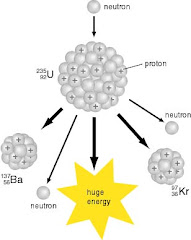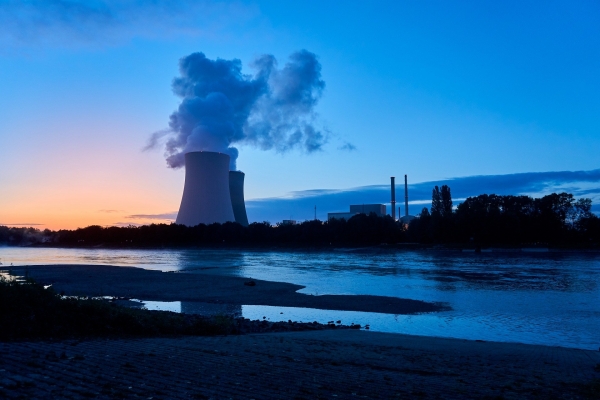
In a mill, the ore is crushed and ground to a fine slurry which is leached in sulfuric acid (or sometimes a strong alkaline solution) to allow the separation of uranium from the waste rock. Most mining facilities include a mill, although where mines are close together, one central mill may process the ore from several mines. Milling, which is generally carried out close to a uranium mine, extracts the uranium from the ore (or ISL leachate). The leached uranium oxide is then recovered from the solution as in a conventional mill.įor more information, see page on Uranium Mining Overview. ISL may use either weak acid or alkaline solutions to keep the uranium in solution. Special precautions, consisting primarily of increased ventilation, are required in underground mines to protect against airborne radiation exposure.Īn increasing proportion of the world's uranium now comes from in situ leach (ISL) mining, where oxygenated groundwater is circulated through a very porous orebody to dissolve the uranium oxide and bring it to the surface. Underground mines have relatively small surface disturbance and the quantity of material that must be removed to access the ore is considerably less than in the case of an open pit mine. As a result, the quantity of material that must be removed in order to access the ore may be very large. Since the walls of an open pit mine must be sloped to prevent collapse, the required holes are larger in size than the ore deposit itself.

In general, open pit mining is used where deposits are close to the surface, and underground mining is typically used for deposits at depths greater than 120 m. The decision as to which mining method to use for a particular deposit is governed by the nature of the orebody, and safety and economic considerations.īoth surface (generally open pit) and underground mining techniques are used to recover uranium ore. Such concentrations of minerals – including uranium – that can be extracted economically are referred to as ore.įor more information, see page on Geology of Uranium Deposits.

There are a number of areas around the world where the concentration of uranium in the ground is sufficiently high that extraction of it for use as nuclear fuel is economically feasible. Most of the radioactivity associated with uranium in nature is in fact due to other minerals derived from it by radioactive decay processes, and which are left behind in mining and milling. In fertilizers, uranium concentration can be as high as 400 ppm (0.04%), and some coal deposits contain uranium at concentrations greater than 100 ppm (0.01%). It is, for example, found in concentrations of about four parts per million (ppm) in granite, which makes up 60% of the Earth's crust. It is present in most rocks and soils as well as in many rivers and in sea water. It is about 500 times more abundant than gold and about as common as tin. Uranium is a slightly radioactive metal that occurs throughout the Earth's crust. Collectively these steps are known as the 'back end' of the fuel cycle.
#Fission uranium fuu series
These steps make up the 'front end' of the nuclear fuel cycle.Īfter uranium has spent about three years in a reactor to produce electricity, the used fuel may undergo a further series of steps including temporary storage, reprocessing, and recycling before the waste produced is disposed. To prepare uranium for use in a nuclear reactor, it undergoes the steps of mining and milling, conversion, enrichment and fuel fabrication.

With the reprocessing of used fuel as an option for nuclear energy, the stages form a true cycle. The nuclear fuel cycle starts with the mining of uranium and ends with the disposal of nuclear waste. The various activities associated with the production of electricity from nuclear reactions are referred to collectively as the nuclear fuel cycle.


 0 kommentar(er)
0 kommentar(er)
